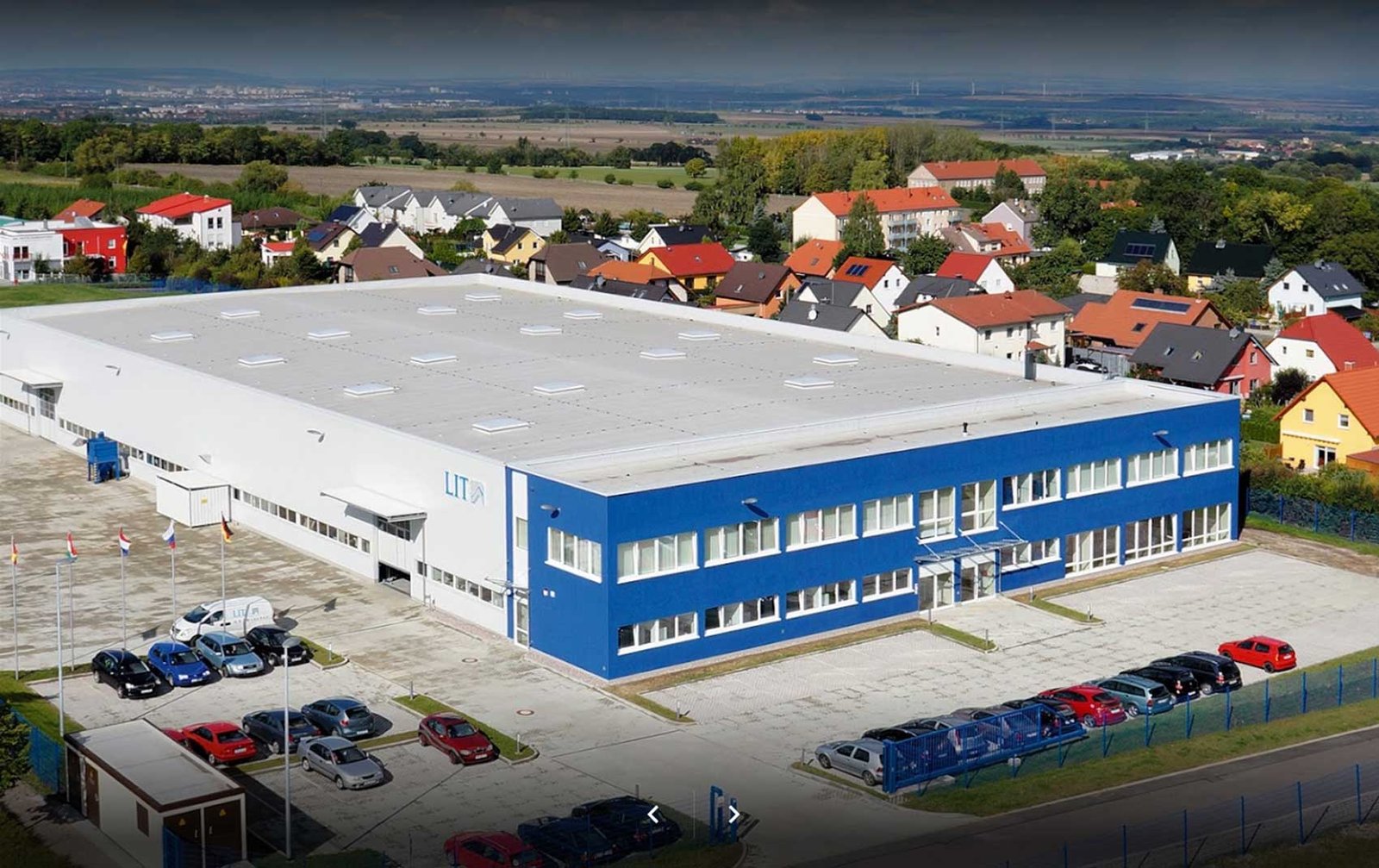Founded in 1991, LIT is one of the top three manufacturers of UV systems for water, air, and surface disinfection in the world. The company’s manufacturing centers are located in Erfurt, Germany, and Moscow, Russia, with local sales and service support, with offices in the Netherlands, China, Hungary, Turkey, and Poland. In addition, LIT products and services are offered through an extensive distribution network in various markets.
More About Company
The company’s R&D department, which is staffed by top professionals, professors, and PhDs in science, is highly focused on research into UV applications as well as their creative use for a variety of industries. Since the 2020 epidemic has highlighted the importance of wastewater disinfection in preventing the spread of infectious diseases, the company has a wide range of UV disinfection systems for natural and industrial water, wastewater, and other applications with capacities of 1 to 10,000 cubic meters.
Applications
1- Drinking water
- Groundwater resources
- Surface water resources
- Local water systems
As mentioned, ultraviolet radiation is used as a disinfection method for microbiological protection of water supply systems. Modern reliable water treatment processes mean the use of multi-stage treatment to disinfect water.
In this method, in the main stage, ultraviolet rays are used as disinfectants, and in the complementary stages, the remaining contaminants are disinfected by chemical agents for the hygiene of the installations and pipes.
2- Sewage
- Municipal sewage
- Industrial wastewater
- Stormy sewage
Sewage is the main source of microbiological pollution of the environment. Ultraviolet disinfection for wastewater treatment completely eliminates the need for chlorination and, as a result, eliminates expensive safety measures and dechlorination from the water treatment process. Ultraviolet disinfection provides microbiological safety to discharge effluent without adversely affecting the environment.
3- Swimming pools and water parks
Mainly a combination of ultraviolet and chlorine disinfectant is used to disinfect water in swimming pools and amusement parks.
Ultraviolet disinfectant for swimming pools significantly reduces the amount of free chlorine remaining in pool pools, this has an effect on organoleptic water quality and reduces chloramines. UV disinfection ensures a high antimicrobial effect against chlorine-resistant microorganisms.
4- Water recycling
UV disinfectant is used in industrial processes in which water is recirculated. For example, cooling circuits, fire extinguishers, washing processes, water-based heat exchangers, etc. UV disinfectant in this industry is mainly used for operational purposes and infrastructure.
5- Industry
UV disinfection is applied in almost every manufacturing process that uses water as a raw material or supplement. Disinfection standards applied in such industries as pharmaceuticals, food and beverages and microelectronics are much stricter than drinking water standards.
6- Aquaculture
UV disinfection is mainly used for disinfection of freshwater and seawater in aquaculture plants. Unlike chlorination and ozonation, UV disinfectant is not dangerous for aquatic animals. In addition, it prevents diseases and creates favorable conditions for the growth and reproduction of aquatic animals.
7- City and agricultural parks
The treated wastewater is reused for irrigation in agricultural and urban parks. UV disinfectant is now considered to be almost the only option for reusing water for environmental, economic and health purposes.
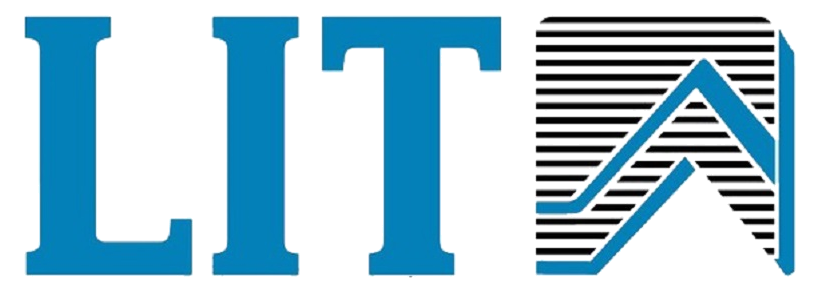
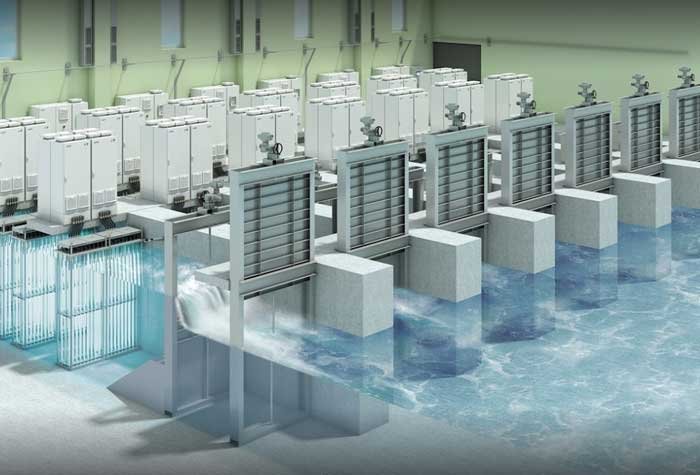


Ultraviolet technology for disinfection of water, air, and the surface is based on the antimicrobial effect of UV-C rays. Ultraviolet radiation is the electromagnetic radiation between X-rays and visible light. UV wavelength is from 100 to 400 nm. As you can see in the figure below, UV wavelengths are divided into 4 groups, each with a different antimicrobial effect. In the UV range, the UV-C range is considered to be the strongest ultraviolet ray due to its high disinfection efficiency against bacteria and viruses. The highest antimicrobial effect occurs at 205-280 nm and the highest susceptibility of microorganisms to microorganisms occurs at 265 nm.

Mechanism of UV germicidal effect:
Ultraviolet light is a physical method of disinfection. This method is actually a germicide based on the absorption of photons by DNA and RNA molecules. The photochemical reaction weakens the DNA and RNA bonds, which inhibits the ability of microorganisms to multiply. In other words, it is known as a process for inactivating microorganisms. As a result, UV disinfection technology can be used for drinking water supply and wastewater treatment, as well as for air and surface disinfection programs.
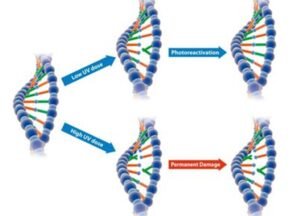
Major advantages of UV technology:
1- High disinfection efficiency against a wide range of microorganisms, including chlorine-resistant microorganisms.
- Compared to chemical disinfection technologies, it is safer from the environment, does not produce by-products and there is no risk of over-consumption.
3- It has no effect on the physical and chemical properties of the climate.
4- The disinfection process takes between 1-10 seconds. The pH and temperature of the water do not affect the UV disinfection process.
5- Electricity consumption, capital, and operating costs are low. UV systems are compact and easy to work with.
6- These systems are without the need for special operational safety precautions.
7- The UV disinfection process is easily automated.
8- There is no equipment corrosion in this process.
UV supply sources:
The main industrial sources of UV radiation are low-pressure amalgam lamps and medium-pressure mercury lamps. The efficiency of amalgam lamps is 40% higher than that of medium pressure lamps with an efficiency of 9-12%.
In general, UV systems equipped with amalgam lamp technology have significantly less energy. The design of the UV system depends on the UV dose required, the flow rate, and the physical and chemical parameters of the environment to be disinfected.
1- Cleaning systems
UV LIT systems can be optionally equipped with fully automatic chemical cleaning and/or mechanical cleaning systems. Both cleaning methods guarantee the required amount of UV intensity. Depending on the customer, specific parameters of water quality and operating conditions in the project, the use of chemical cleaning, and/or automatic mechanical cleaning systems are determined.
1-1- Dry cleaning system
The chemical cleaning system is based on a weak solution of edible acids. UV system components and reactor interior walls are cleaned simultaneously.
2-1- Automatic mechanical cleaning system
Fully automatic mechanical cleaning systems are applied. It removes various types of scale from the quartz surface and provides continuous operation of UV equipment.
2- Dose Pacing system
LIT systems can be equipped with a Dose Pacing system to adjust the lamp intensity for various parameters of water quality and flow rate, which optimizes energy consumption.
3- Control system
A PLC control system maintains the UV dose in its reactor and controls the lamp status and operating time. And the operator interface shows all operational parameters.
LIT
LIT offers a wide range of UV disinfection systems for natural, industrial, waste, and other water applications depending on the project-specific water quality, disinfection level required, and operating conditions.
LIT offers four groups of UV disinfection systems for a wide range of capacities, different water qualities, and different applications, as follows:

Open Channel Systems
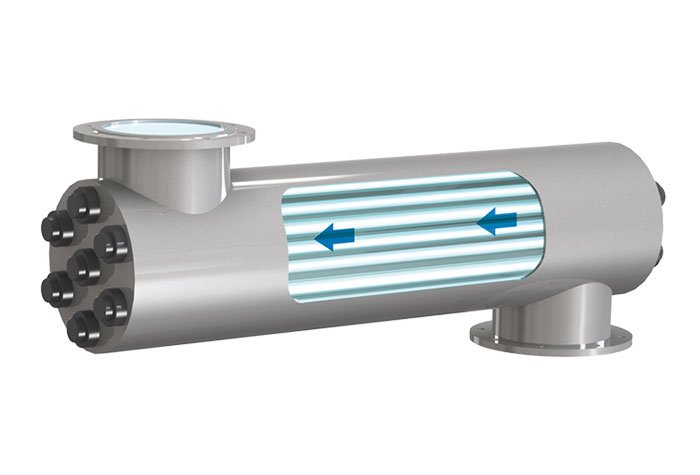
Closed Container System (in line with the flow)
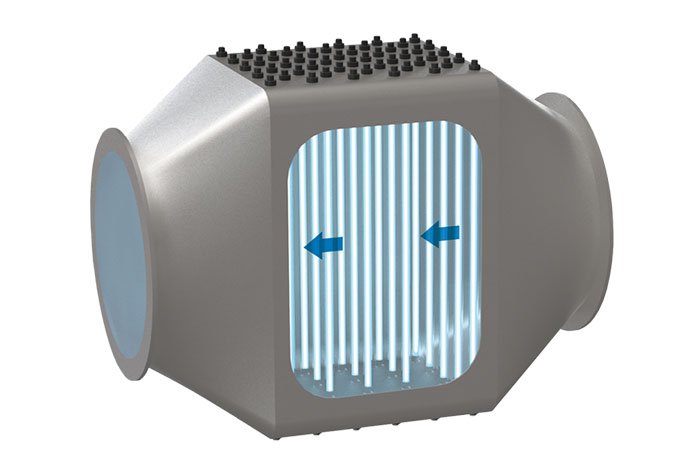
Closed Container System (with cross current)
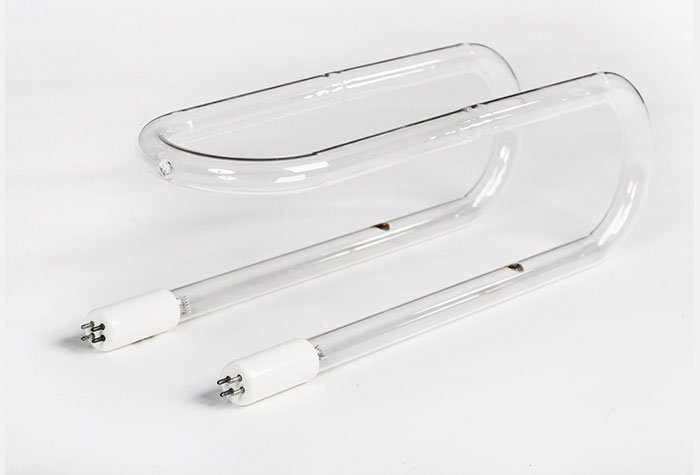
UV Lamp
Project portfolio
We have decades of experience meeting the stringent regulations and certifications for the automotive, aerospace and medical device industries, which serve as benchmarks for all of the products we manufacture.
Projects
- All
- Instrumentation
- Oil, Gas & Petrochemical
- Rotary
- Steel and Mineral
- Water & Wastewater
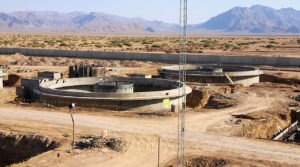
Sirjan Wastewater Treatment Plant 2020 No.2 Wilo
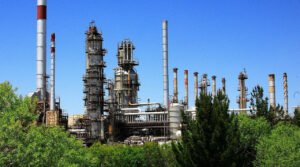
Isfahan Oil Refinery Decanter 2017

Supplying Jam Petrochemical Company 2016
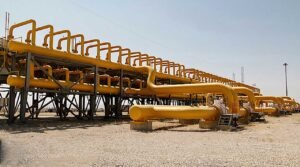
Hamedan/Bijar gas compressor station

Azar Oil Field Development (CPF) 2020
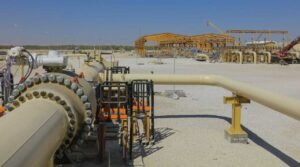
Gurreh-Jask No.5 Pumping Station of Crude Oil Transmission Pipeline
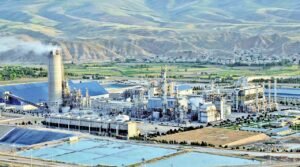
Supplying Khorasan Petrochemical Co. Instrumentations


